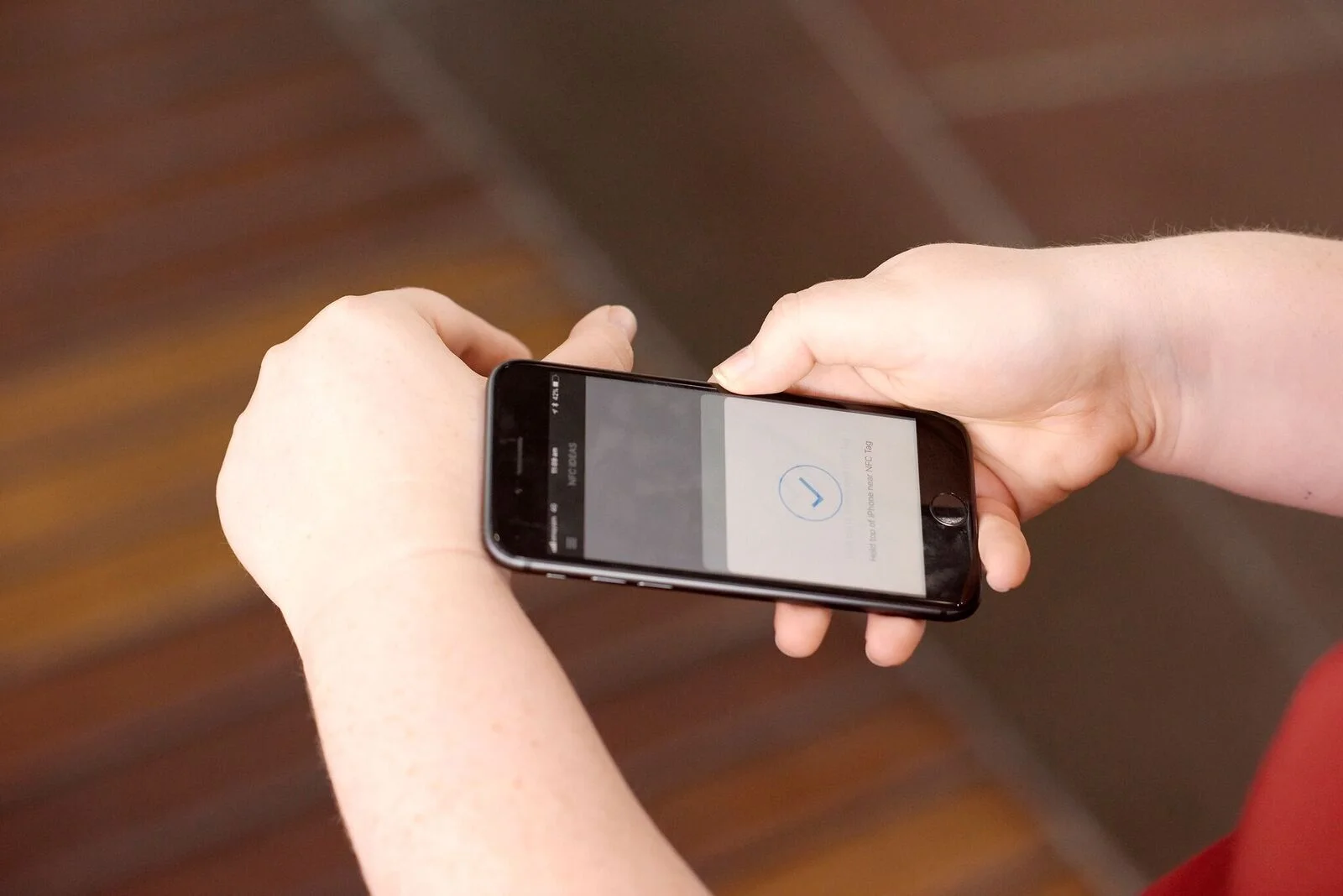Icons are everywhere. But what do they mean? When do I use an icon, and when do I not? What icon means save - a floppy disk, a star, a heart, a pin, a bookmark…? 💾⭐️❤️📌🔖 Read on to find out
Warping the space-time continuum with design
SUPR-Q 2: SUPR-Q Harder
At SEEK we’ve been experimenting with the SUPR-Q. We had a few hypotheses from our first study that we’ve explored through our second SUPR-Q Study. These are:
Tool limitations may negatively impact scores
Drop off could be addressed by improving the survey design
Even with addressing 1) and 2) the NPS would likely still be lower when measured as part of the SUPR-Q than an individual NPS rating, and skew towards aesthetic feedback given the questions asked.
NFC & RFID Microchip FAQ’S
There are predictable questions I get asked over and over again when someone finds out what I research, and that I have 2 microchips inside my body. These same questions pop up on social media every time I appear on TV or in the news.
Some people refused to believe the reality of how these chips work, and there’s no point trying to change these minds; the “the Government is secretley tracking you with a microchip you received at birth, it’s all about the New World Order and they’ll switch you off if you don’t comply” crowd.
This post is not for them. This post answers the FAQs for people genuinely interested in learning about the technology and educating themselves on the reality.
The UX of Using a Microchip for Access
According to Tile, Australian’s spend an average of 29 minutes per day searching for something they have lost. To get around the fallibility of human memory, people have taken to ‘life hacks’ so that they can’t forget their pass. Some individuals have gotten small microchips, the size of a grain of rice, underneath their skin for the guarantee that as long as they have their hand (which for the record, none of them have forgotten) they cannot forget their keys.
Understanding how the SUPR-Q impacts the NPS
At SEEK we’ve been experimenting with the SUPR-Q. We first ran it as part of a usability test in face to face research (n=5) to trial, and then went full scale using an on site Hotjar poll (n=1,811) to get a more representative sample for our first benchmark. The SUPR-Q (Standardized User Experience Percentile Rank Questionnaire) is an 8 item questionnaire developed by MeasuringU that is used to measure the quality of the user experience. What actually impacts users likelihood to recommend?
The UX of Using an NFC Ring as a Business Card
Sounds like Science Fiction
I appear in this article by Kate Stanton. This article was first published on Pursuit. This post only shows my section. Read the full article to read about Bionic Vision, Intelligent Transport, Robots and Cyborgs and the Bionic Spine.
Ghost Buttons — Not as bad as we thought?
Are ghost buttons really as bad as they've been made out to be? Ghost buttons are often touted as low-affordance, and it’s true of many of the examples we see — buttons with poor contrast placed over images making them difficult to use and confounds A/B tests. We say we are comparing ghost buttons and ‘normal’ buttons but we are really testing accessible vs inaccessible buttons, high vs low contrast designs, high affordance vs low affordance designs (and it’s not a surprise that ghost buttons lose). What happens when we test an accessible ghost button against an accessible solid button?
Towards insertables: Devices inside the human body
As technology becomes smaller, the way we carry it has progressed from luggable, to wearable and now towards devices that reside inside the human body, or insertables. We demonstrate this trajectory towards devices inside the human body, and carve out insertables as a specific subset of devices which are voluntary, non-surgical and removable.
Wearables are so 2015. Will insertable devices get under your skin?
Microchip misconceptions — How they really work
Design Thinking 101 — The Double Diamond Approach (Part II of II)
Design Thinking 101 — What is it? (Part I of II)
Online & Search Behaviours of Blind Users
We often make assumptions about blind users, however blind users are not homogenous. They differ as much as sighted users in terms of technical ability and search strategies. Just as not every sighted person is tech savvy, not every blind person knows how to use a screen reader well, or utilizes all the power features. This literature review explains the online and search behaviours of blind individuals
Four myths about Insertable tech & why they're wrong
Consenting adults receive microchips with zero tracking & monitoring capabilities.
Press the pink button — Designing for colour blind users
We use colour as a signifier for people, places and things all the time. Probably more than you realise. About 8% of Australian males and 0.4% of females are colour blind. Like all people with ‘disabilities’, there are certain things colour blind people can’t do. Design can help make the world more accessible to ensure they can do everything those with ‘normal’ vision can. I explore ways to deign for colour blind users, which often improves the experience for everyone.
Does the NPS tell us what users really mean?
Design is as good (or as flawed) as the people who make it
gave a talk at UX Australia 2016 in Melbourne (August 25–26) . No one sets out to intentionally design a system that is hard to use for — or worse, excludes or discriminates against — some users. Designers are trying their best. You’re probably a good person, but a human nonetheless, therefore not perfect. Design can only be as good as the people who make it. Conversely, design is as flawed as the people who make it.




















